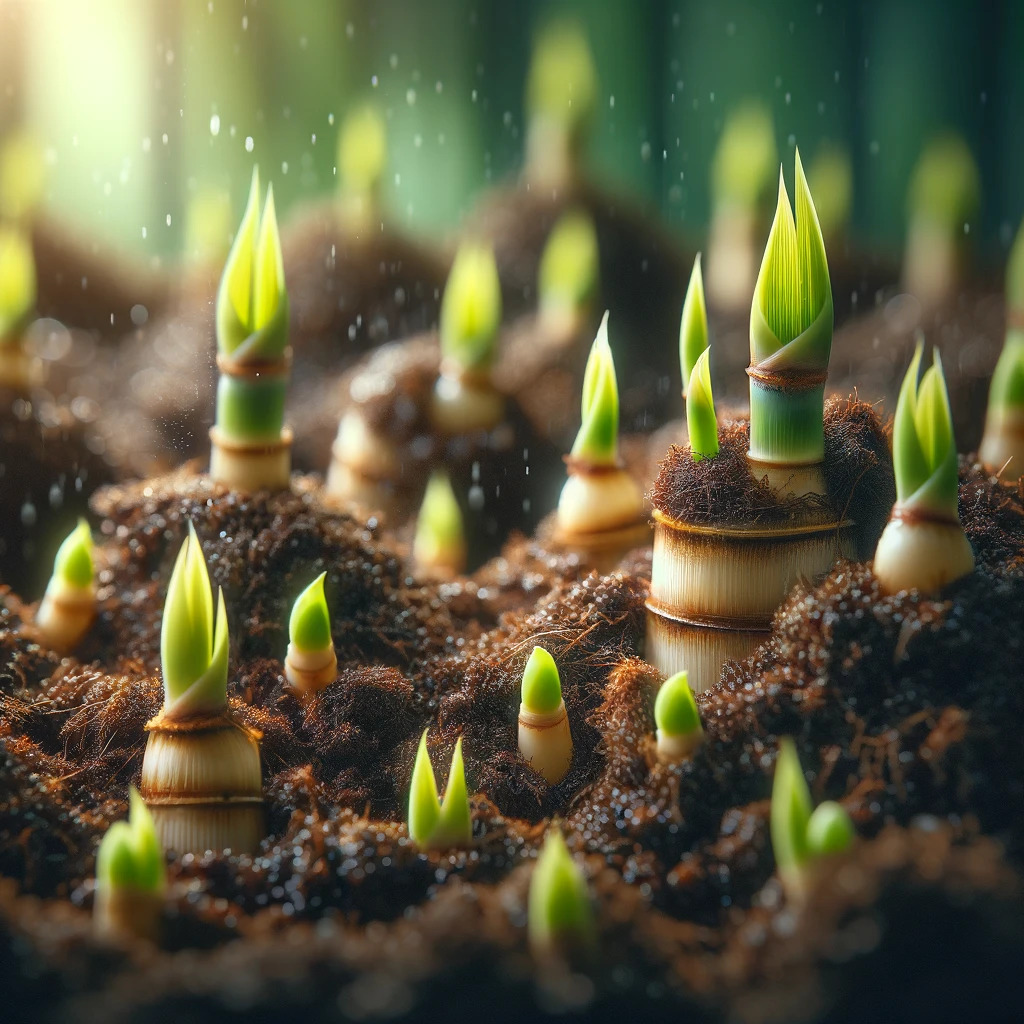
Sugarcane is a crop of great economic importance in many regions of Latin America. Proper agronomic management is key to achieving high and sustainable yields. This article provides a detailed overview of the phenological stages of sugarcane, offering essential technical information for each phase of cultivation.
Phenological Stages of Sugarcane
Stage 1: Germination
- Beginning of the Cycle: Sugarcane germination begins with the planting of cuttings. Selecting healthy cuttings and performing pre-treatment to prevent diseases is vital.
- Early Development: During the first weeks, maintaining adequate moisture is crucial for the proper rooting of cuttings. Protection against pests and diseases in this early stage sets the foundation for a healthy crop.

Stage 2: Vegetative Growth
- Development of Stems and Leaves: During this stage, sugarcane experiences rapid growth. Proper nutrient supply, especially nitrogen, phosphorus, and potassium, is essential for optimal development.
- Crop Management: Regular irrigation and weed control are essential to prevent resource competition. Soil management practices also play a significant role in this period.

Stage 3: Maturation
- Accumulation of Sucrose: This is the phase in which sugarcane accumulates sucrose in its stalks. Reducing nitrogen application and increasing potassium can favor this process.
- Preparing for Harvest: Maturation is a good time to plan for harvest. It’s essential to determine the optimal harvest time when sugar content is maximum, and weather conditions are favorable.

Stage 4: Harvest
- Crop Harvesting: Sugarcane can be harvested manually or with machinery. Efficient harvesting is crucial to maximize sugar extraction.
- Post-Harvest Management: After harvest, quick soil preparation and planting a new crop are essential to maintain soil productivity and prepare for the next cycle.
Conclusion
Sugarcane cultivation requires attention and care at each of its phenological stages. Applying the right agronomic practices can lead to more efficient and sustainable sugar production.
 AgronoBlog – Agriculture Blog
AgronoBlog – Agriculture Blog 